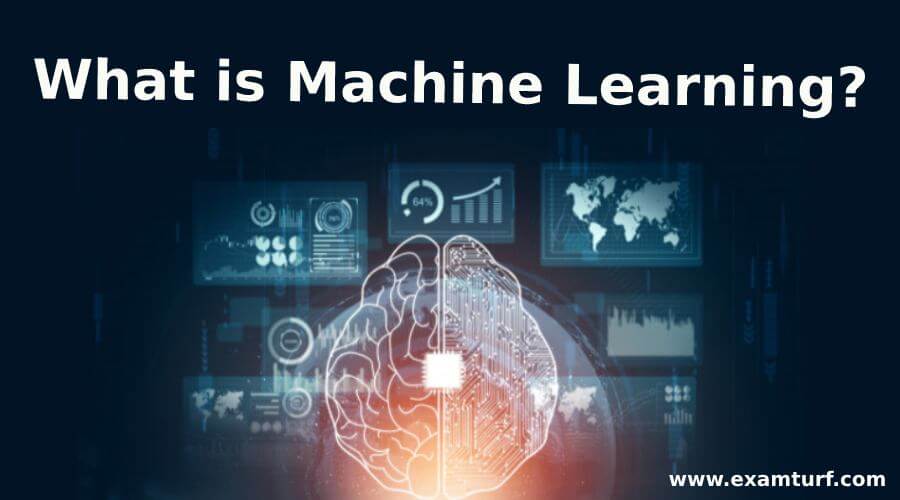
Introduction To Machine Learning
Machine learning is an evolving field of science and technology, and as the name suggests, a machine is learning as humans do. The classical way of problem-solving with software involves explicitly coding the logic, which generally is not possible in many real-life cases. Because many real-life problems are not easily explainable, so it is hard/ impossible (in some cases) to code logic for such complex problems.
The idea is to show the problem statement to the machine and some possible solutions so that it can learn from itself and predict answers for similar problems without coding any explicit instructions or logic. It is the new and evolving technology of this era where machines are getting more intelligent every minute of the day to ease our lives.
(ML) in the field of Science and Technology, which leverages the knowledge of statistics & mathematics for algorithms to go through data and learn about features by assigning coefficients to each feature without coding any explicit instructions. The algorithms find the patterns available in data and, based on that, predict the outcome.”
What Do You Understand About Machine Learning?
The focus is on improving & automating the learning process of models based on their input data experience. Learning is based on information and facts and the data which is fed to the model. The cleaner the data is fed, the more accurate predictions from the model will be. Data quality and data sources play a very important role. Based on data and problem statements, we can categorize them into supervised, semi-supervised & unsupervised learning. Based on the problem statement, the right type of machine learning technique is used to make predictions.
Techniques of Machine Learning
Below is an overview of techniques:
- Supervised: The machine is fed labeled data. Consider line equation (y = mx c ), in a supervised learning machine, is given a set of independent variables (x) and the corresponding set of output variables y. from this data machine will learn and, after being trained on, it will be able to predict y for a new set of independent variables(x).
- Semi-supervised: It falls between Supervised and Unsupervised. It combines two approaches to have a trade-off and get the best out of both.
- Unsupervised: The machine is not fed structured data. The machine tries to find the patterns available in the data and then classifies them accordingly.
Components Of Machine Learning
Below is the high-level view of various components:
- Data acquisition.
- Domain knowledge and feature extraction.
- Feature selection, feature engineering, and train test split of data.
- Choosing the right algorithm.
- Training the model and fine-tuning it.
- Define performance criteria & evaluate the model performance.
- Deploy the model to leverage ML capabilities.
How Does It Work?
Below is a high-level walkthrough of ML working:
- It starts with data collection and cleaning it.
- The data needs to be further refined with domain knowledge and extracting important features from it.
- Once we are done with the data, we split the data into 3 sets, train set, validation set, and test set.
- We chose the set of algorithms for experimentation as per our problem statement.
- We train our model on train data and validate it with validation data.
- We chose the model per the acceptance criteria and tested it with the test dataset.
- Deploy the model to production.
Conclusion
We have seen a high-level overview of its definition, various components, and how it works in the industry.
Recommended Articles
This is a guide to what machine learning. We discuss the introduction, how it works, along with components & techniques, respectively. You can also go through our other related articles to learn more –
- Uses of Machine Learning
- Introduction to Machine Learning
- Machine Learning Models
- Applications of Machine Learning
Are you preparing for the entrance exam ?
Join our Data Science test series to get more practice in your preparation
View More